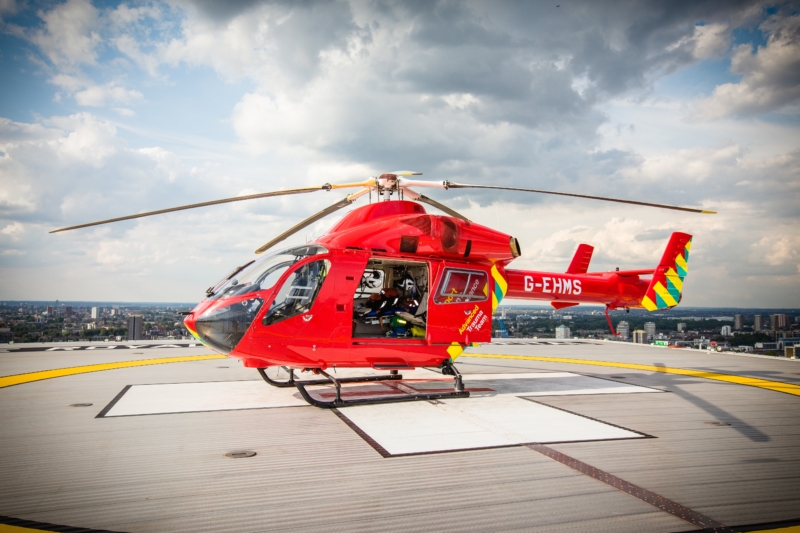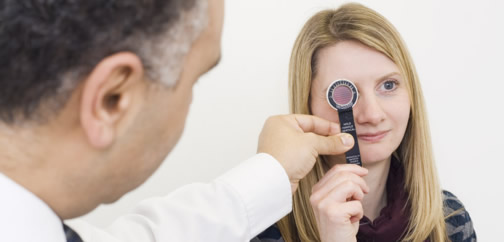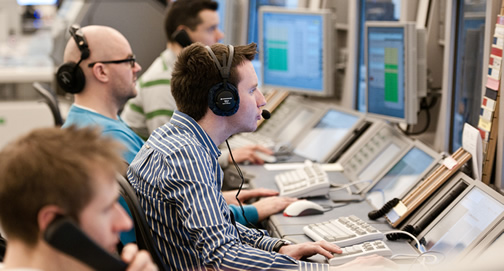How medicine is learning from aviation
3 March 2015As an integral part of the aviation industry, we know how important it is to have an understanding of human factors (HF) and their affect on human performance and decision making.
At NATS we embed Team Resource Management and HF concepts into all of our processes, with ATCOs trained in HF from the outset to ensure that safety is the priority in all that we do.
Human Factors in aviation rose in importance in the 1970s following a number of serious accidents not attributed to technical failures. In the US investigating organisations such as NASA and the US National Transportation Safety Board began to recommend that flight crews were trained in what was then called Cockpit Resource Management, which was designed to enable more effective communication between flight crews, especially in critical situations. Over time this expanded, firstly to include cabin crew (Crew Resource Management) and then engineers and all other personnel in safety critical roles in aviation, including ATC (Team Resource Management).
Here at Heathrow we have a great relationship with London’s Air Ambulance team at the Royal London Hospital, not just out of necessity given Heathrow’s close proximity, but we also work together to bring aviation best practice to the world of medicine. It was due to the latter work that I was recently asked to speak at a human factors symposium organised by London’s Air Ambulance Institute of Pre-Hospital Care at the Queen Mary University of London’s Barts and The London School of Medicine and Dentistry.

My presentation was a blow-by-blow account of 17 January 2008, when a British Airways Boeing 777 crashed just short of the runway at Heathrow. I can remember that day very well, not only was I the tower supervisor at the time, it was also my birthday. I presented replays from our ground radar, and recordings of radio and telephone calls. I described how the controllers both in the control tower and in London Terminal Control at Swanwick reacted to the unfolding situation, and how it could relate to a medical environment:
- How do we ensure we can still continue to do the tasks required having just witnessed a shocking incident?
- How does realistic simulation make this less difficult?
- How do we recover from that adrenaline-induced high?
Learning from other industries in this way is as vital as learning from a colleague, and I always come away from such an event with an incredible amount of new ideas and knowledge, and I begin to think how we can incorporate that into how we work in ATC.
It is both humbling and rewarding to realise that those in the audience are absorbing everything I say, knowing that in a few years they could be performing open heart surgery at the roadside only seconds after flying over the rooftops of London. Now that’s stressful!
Comments
Please respect our commenting policy and guidelines when posting on this website.



